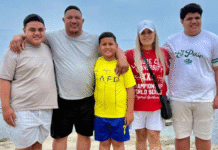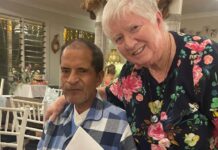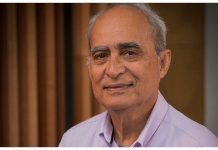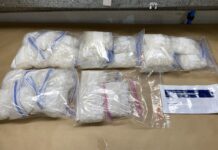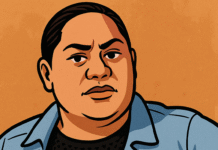By RNZ.co.nz and is republished with permission.
DNA has led police to at least 300 people who could be related to a baby girl who was left at an Auckland recycling centre.
The body of the newborn was discovered by workers at the Onehunga site on the evening of 16 August. A bag of baby clothes was also found in the rubbish.
“Working with the ESR forensic scientists, a sample was obtained from the baby girl,” Detective Inspector Scott Beard told Checkpoint.
“They have come up with what’s called a familial DNA link, which means that … if we speak to the right people we will identify a relative, or the mother or father of that child, from the database that ESR has given us.
“We have in excess of 300 names on that list, but we have created a matrix, we’ve worked with our Behavioral Science Unit… so we are prioritising what we’re doing and who we’re seeing.”
The DNA database is stored and held by ESR, Beard said, and the number of possible links is from across New Zealand.
“As yet the mother hasn’t come forward, nobody, no family, no friends have come forward to tell us who we’re looking for. That’s what we want.
“As soon as we find the mother and find out what’s going on, we can release the baby girl, so she can have the funeral that she deserves.
“We’re hoping that the mother or someone who knows will come forward, he or she can come to us through an intermediary, through a counselor or someone, because there’s no doubt she’ll need some emotional support, whether she needs some medical support, we don’t know. But, looking after her interest has to be the first thing.”
Detective Inspector Beard said it is not yet known if the baby was alive at birth.
“Pathologists are still waiting for some toxicology tests to come back, before we get their final opinion in a report.”
He said there were 100 recycling trucks that came into the Onehunga facility on the day the baby was found. Police have focused their inspection of CCTV footage to the trucks closest to the time the blue bag was discovered, with the baby and several items of clothing.
“The bag was close to where the baby was found at the time, and when we go back through the CCTV footage of the recycling plant, you can see the bag close to the baby.
“Inside that bag were some baby clothes. Now we can’t 100 percent say that is linked, but we have to investigate that aspect.”
An early verbal report from the pathologist suggested the baby had not been born at a hospital or a medical centre.
Beard said there is no evidence to show who exactly put the baby into a bin or bag that ended up at the recycling centre.
“We don’t know what circumstances there are. It could be completely innocent circumstances. There’s a whole range of reasons why this could happen.
“We want to find the mother, but more importantly we want to also lay this baby to rest with some dignity and respect and love that she deserves.”

